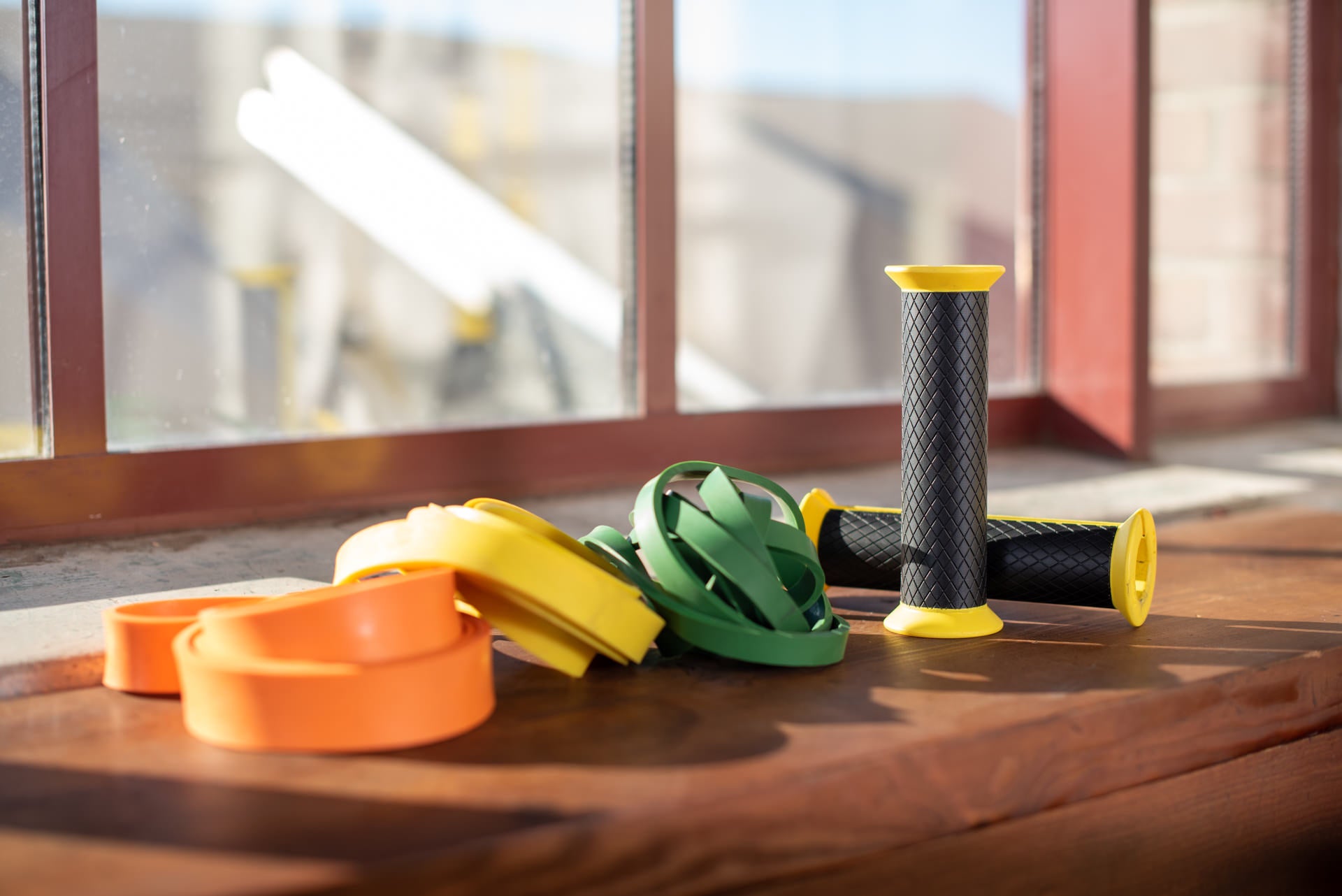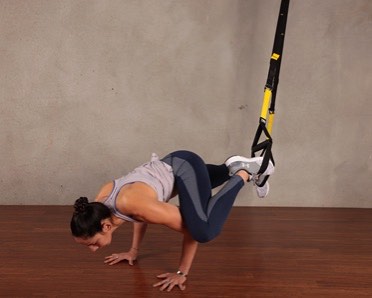Pop quiz: Which piece of gear can you use to run faster, jump higher, and lift heavier?
Answer: A Weight Vest.
For those who like to keep their layers light during a workout, packing on an extra 20 to 40 pounds before a jog may sound suspicious, but the benefits of adding weight to dynamic movement are pretty compelling. With a Weight Vest, you can safely load up explosive movements—something that isn’t an option with standard weights like dumbbells or kettlebells—or increase your strength training load beyond your grip strength capacity. And the TRX® XD™ Kevlar® Weight Vest outshines every other vest on the market.

Why Choose the TRX Kevlar® Weight Vest?
You know the saying, “You get what you pay for”? It’s true. TRX Kevlar® Weight Vests are designed to be comfortable and built to last.
First, let's talk comfort. Before picking your perfect weight vest, take our quick sizing quiz for personalized fit recommendations. TRX Kevlar® Weight Vests are fully padded, and have an internal cross-strapping system that prevents the vest from shifting, even in your toughest cardio drills. Adjust the vest to fit snugly to your body and go.
TAKE OUR TRAINING QUIZ
The TRX Kevlar® Weight Vest also has variable weights. If you’re just starting weight vest training— or upgrading to a heavier vest—starting with an additional 20 lbs. on the first day is probably too much for your body. The 20-lb. Weight Vest is adjustable in 1-lb. increments, and the 40-lb. Weight Vest is adjustable in 2-lb. increments, so you can find the right load for your workout every time.
Then there’s the durability factor.
A Weight Vest is an investment, no pun intended. This is a tool that you want to use for the rest of your life. When it comes to making that type of purchase, you want a vest made from materials that last. For durability, nothing beats Kevlar®.
Kevlar® is lightweight, flexible, heat-resistant, and five times stronger than steel on an equal weight basis. The tight weave of Kevlar® fibers is incredibly hard to penetrate, so it’s resistant to tears and punctures. It’s the best material you’ll find for a Weight Vest.
How Do You Wear a Weight Vest?
When you’re new to the world of Weight Vest workouts, it’s natural to have questions—starting with, “How do I put a Weight Vest on?” TRX’s Kevlar® Weight Vest slides over your head, like a t-shirt, and has adjustable straps at the shoulders and torso to ensure a snug fit. Loose vests mean chafing, and nobody wants that.
It’s available in two weight options—20 lbs. and 40 lbs.—and you can remove weights from the vest to customize the load for your workout.

When Can You Wear a Weight Vest?
As a baseline, consider the Weight Vest a tool for adding load to any bodyweight exercise, automatically turning it into a strength training session. Squats, skaters, lunges, planks—a Weight Vest is a hands-free alternative for increasing the load.
A Weight Vest also creates opportunities for increasing the load in plyometric movements—exercises that use speed and force. (For example: jumping, running, push-ups.) It’s neither safe nor practical to run a mile carrying a set of 10 lb. dumbbells, but you can safely strap on a 20-lb. vest without compromising your form.
Weight Vests are also a smart way to intensify exercises that utilize an additional piece of equipment. For example, you could add load to your Suspension Training® routine by wearing a Weight Vest while doing any of your regular exercises like TRX Rows, TRX Squats, or TRX Chest Presses. Want to level up your box jump? Try jumping with an extra 20 lbs. on your back.
What Are the Benefits of Weight Vest Training?
Training in a Weight Vest can increase your productivity and overall strength. Let’s break each of those down individually.
Some endurance athletes like training in a Weight Vest to increase productivity. Consider the reasoning: If you condition your body to run a half marathon wearing a Weight Vest, you’ll be able to run that same distance even faster without the Weight Vest.
Even if you’re not planning to compete in a race, Weight Vest training will spike your heart rate in your regular cardio workouts, making for a more efficient sweat session.
Now, let’s talk about strength.
Weight Vests are a smart way to increase your load when you’ve exhausted your grip strength. Ever feel like you’ve hit the wall in weight training? If you can’t hold the next level of dumbbell or kettlebell safely for your Bulgarian split squats or farmer walks, add the weight to your body instead of your hands.
Because it rests on your shoulders, a Weight Vest won’t make a difference in your bicep curls or traditional presses, but it’s a great way to level up leg work and plank-based movements.

Ready to Start Training With a Weight Vest?
Weight Vest training is more comfortable than you might expect—as long as you pick the right vest. Keep in mind that heavier isn’t always better, and you’ll be lifting the vest over your head to place it on your shoulders. If you can’t comfortably lift 30-40 lbs. overhead, the 20-lb. Weight Vest may be your better option.
Making the leap from bodyweight training to weight training for the first time? Go with the 20-lb Weight Vest. Remove the weights before starting, and gradually ease into increasing loads. There’s no need to add all 20 lbs. of weight from the start. You have a lifetime of workouts ahead.
Those who already use weights or the TRX Suspension Trainer™ might choose the 40-lb. Weight Vest, but remember you don’t want to add 40-lbs. to your workout all at once. If you’re adding a Weight Vest to your Suspension Training® workout, start with an unloaded Weight Vest and adjust the angle of your exercise to be less intense before building back up to tougher workouts.
If you’re adding a weight vest to a static weight exercise, like a loaded squat, consider downgrading your dumbbells or kettlebells and unloading the Weight Vest, then gradually increase the Weight Vest load and static weight load. Think of it as substituting weight while your body adjusts.
You don’t need a room filled with bulky machines and weight racks to have a world class home gym. With simple, thoughtful, well-made tools like the Suspension Trainer™ and the TRX® XD™ Kevlar® Weight Vest you can bring big-box gym intensity to your home. If you’ve been searching for an additional challenge in Suspension Training®, plyometric training, or even endurance training, it’s time to invest in a Weight Vest.



